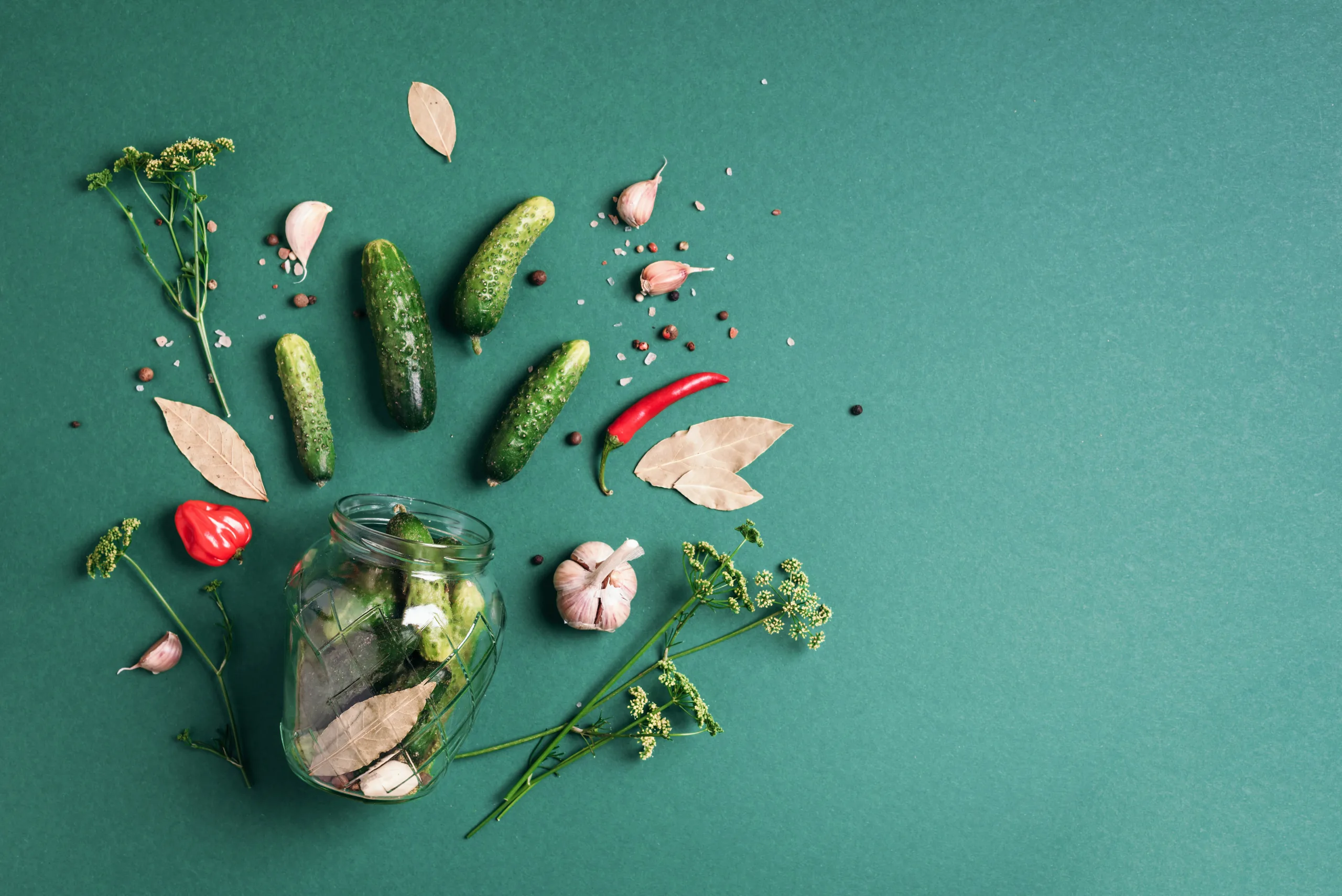Once relegated to a small side dish, pickles have now claimed their own stage, even taking on starring roles at times. Modern kitchens have transformed this traditional fermented delicacy from a mere accompaniment into a storyteller. Pickles have become both a source of inspiration for chefs and a symbol of transformation at the heart of the plate.
Drawing Inspiration from Tradition, Reimagining for the Future
Pickles have been around for centuries, but their rediscovery today lies in their versatile nature. Their acidic character, sharpness, and texture have become key elements in creating contrast and balance on modern plates. In next-generation restaurants and chef-driven kitchens, pickles are no longer just a sidekick but are used as:
- The acidic foundation of a sauce,
- The balancing touch in a burger,
- Or the boldest character atop a freshly baked sourdough toast.
For instance, pickled beets add vibrant color to a cold starter plate, or thinly sliced pickled peppers bring playful flavors to a ceviche presentation, proving that pickles are no longer just an afterthought.
Pickles as the Building Blocks of Plates
Pickles are not just about flavor—they represent layered storytelling. In today’s culinary philosophy, one-dimensional tastes have given way to multi-layered experiences. Pickles complete, and sometimes define, a dish with their acidic brightness, crisp texture, and time-deepened aromas. On a plate, they:
- Balance sweet and sour,
- Cut through the richness of fats,
- Provide aromatic depth.
In a fine-dining restaurant, pickled red cabbage offers a fresh contrast to root vegetable ravioli, while in a street food setting, a cucumber pickle completes the character of a meaty wrap. It’s no longer about where pickles appear but how they’re presented.
The New Frontier of Creativity: The Art of Pickling
Modern kitchens are no longer limited to classic cabbage or cucumber pickles. Today’s chefs and producers have turned fermentation into an art form.
- Pickled apricots paired with brie cheese,
- Pickled lemon zest atop roasted cauliflower,
- Or shrimp marinated in pickle brine are redefining the boundaries of fermented flavors.
This creativity isn’t confined to restaurants. Even in home kitchens, finely chopped cucumber pickles added to wraps or bowl dishes can transform a simple meal into a striking flavor experience.
Pickle Brine: The Liquid Memory of Flavor
In this transformation, it’s not just the vegetables but also the pickle brine that’s being redefined as a flavor component. Chefs are now using this tangy, aromatic liquid in:
- Marinades,
- Salad dressings,
- And even certain cocktails.
The voice of pickles is no longer just the crunch of a bite; it’s now a culinary revolution through its liquid, texture, and placement on the plate.
The Next-Generation Fermentation Culture
In today’s fermented food scene, pickles are no longer just a nod to nostalgia. They carry the traditions of the past while adapting to the experimental spirit of contemporary cuisine. Bolder, more creative, and more visible on the table, pickles are no longer confined to a small bowl on the side. Sometimes they take center stage, sometimes they’re the foundation of the narrative—whether tucked into a wrap, at the heart of a salad, or standing alone as the star of the show.


